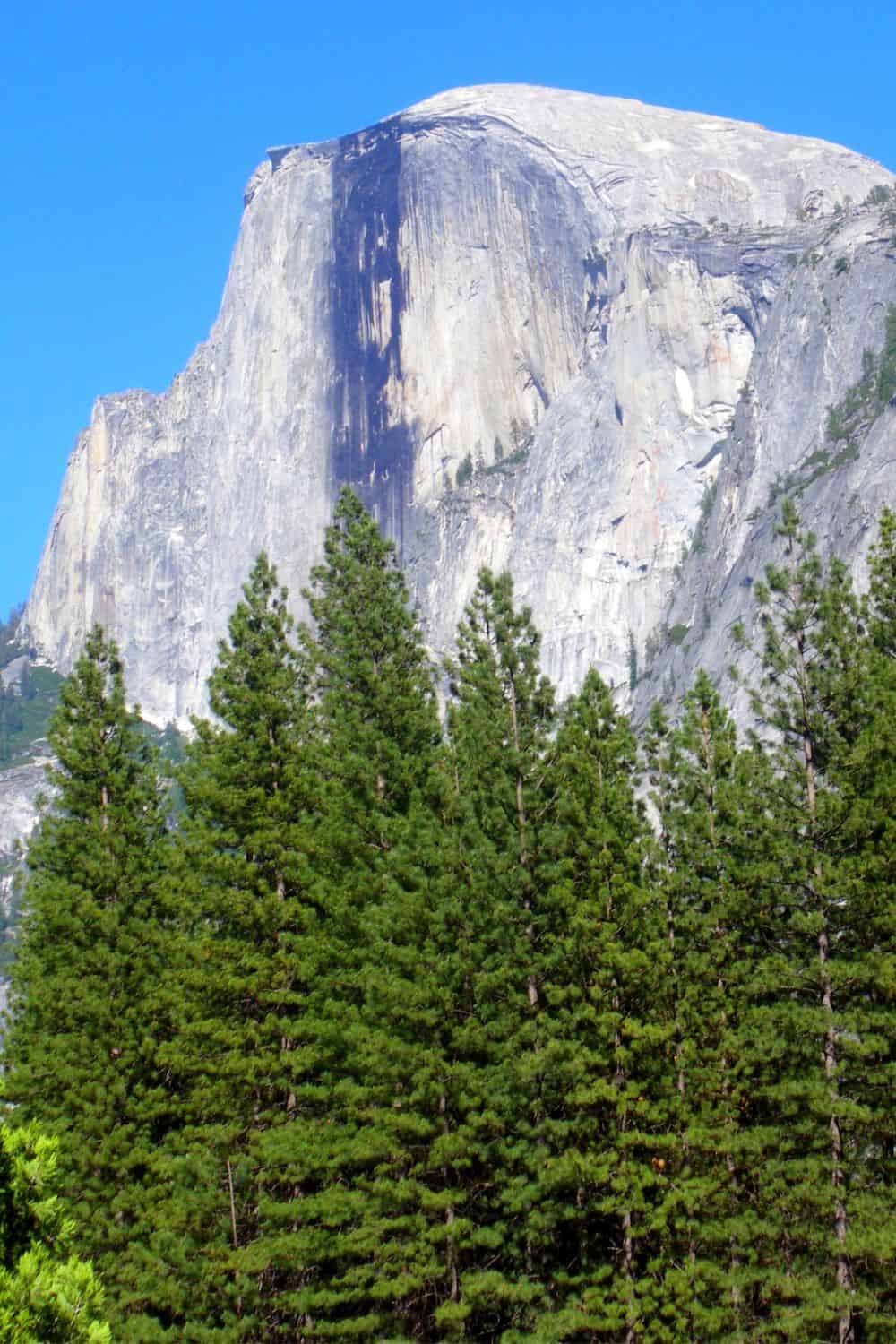
Half Dome is one of the most iconic landmarks of Yosemite National Park, attracting thousands of visitors each year. The granite dome rises to a height of 4,737 feet and provides breathtaking views of the surrounding landscape. Climbing Half Dome is an exhilarating and challenging experience, but it requires careful planning, physical fitness, and the right equipment. In this essay, we will provide tips for climbing Half Dome in Yosemite.
- Plan Your Climb in Advance Climbing Half Dome requires a permit, which can be obtained through a lottery system. You must apply for the permit two days before your intended climb, and it is advisable to apply as early as possible. The permit allows you to climb the cables that lead to the summit of Half Dome. It is important to note that the permit is non-transferable and non-refundable.
- Train for the Climb Climbing Half Dome is a strenuous activity that requires physical fitness. You should train for the climb by hiking and doing exercises that strengthen your leg muscles, core, and upper body. You should also practice climbing on a steep incline to get used to the steep ascent of Half Dome.
- Bring the Right Equipment You should bring the right equipment for the climb, including a climbing harness, helmet, gloves, and sturdy hiking shoes or boots. The climbing harness should be comfortable and secure, and the helmet should fit well and provide adequate protection. The gloves should provide a good grip on the cables and protect your hands from blisters. It is also advisable to bring a headlamp or flashlight, as the climb can take several hours.
- Start Early You should start your climb early in the morning, preferably before sunrise. This will give you enough time to complete the climb and descend before dark. The climb can take several hours, depending on your fitness level and the number of people on the cables. Starting early also allows you to avoid the midday heat, which can make the climb more challenging.
- Take Breaks and Stay Hydrated It is important to take breaks during the climb and stay hydrated. You should bring plenty of water and snacks, as there are no water sources on the climb. You should also pace yourself and avoid overexerting yourself. It is better to take frequent breaks and reach the summit safely than to rush and risk injury or exhaustion.
- Follow Safety Guidelines You should follow safety guidelines when climbing Half Dome. This includes staying on the cables and not straying from the designated path. You should also avoid climbing during thunderstorms, as lightning strikes are common on Half Dome. It is also important to be aware of your surroundings and the other climbers on the cables.
In conclusion, climbing Half Dome is a challenging but rewarding experience that requires careful planning, physical fitness, and the right equipment. By following these tips, you can have a safe and enjoyable climb and take in the breathtaking views of Yosemite National Park.
Half Dome is one of the most iconic landmarks in Yosemite National Park, and its weather can vary depending on the time of year you visit. Here are some general weather patterns you can expect when hiking Half Dome:
- Temperatures: During the summer months, temperatures on Half Dome can be hot, with daytime highs in the 80s to low 90s Fahrenheit (27-33°C) at the base of the mountain. As you climb higher, temperatures may drop, and at the summit, temperatures can be much cooler. In the fall, winter, and spring, temperatures can be cool to cold, with daytime temperatures ranging from the 40s to 60s Fahrenheit (4-16°C) and nighttime temperatures dropping below freezing.
- Precipitation: Yosemite receives the majority of its precipitation during the winter months, but rain and thunderstorms can occur during the summer as well. Be prepared for sudden changes in weather and bring appropriate rain gear.
- Wind: Wind can be a factor when hiking Half Dome, particularly at higher elevations. Wind gusts can be strong, especially on the exposed sections of the hike.
If you plan to hike Half Dome, it’s important to check the weather forecast before you go and adjust your plans accordingly. During the summer months, it’s important to bring plenty of water, sunscreen, and appropriate clothing for the hot temperatures. In the fall, winter, and spring, be prepared for potentially cold and icy conditions and bring warm layers. Additionally, be aware of the potential for lightning during thunderstorms and seek shelter if necessary.
Related posts:
Yosemite National Park is a spectacular destination that attracts visitors from all over the world. Known for its towering granite cliffs, waterfalls, and ancient sequoias, Yosemite is a natural wonder that should be on every traveler's buc...
Yosemite National Park is one of the most popular tourist destinations in the United States. With its stunning landscapes, breathtaking views, and rich wildlife, it offers a variety of outdoor activities for visitors to explore. Hiking is o...
Yosemite National Park offers a variety of campgrounds in and around the park, which is why it is one of the best camping spots to go to when you're heading out to California. You have the option of going to the forest camping, lakeside camping, or w...
Yosemite National Park, located in California's Sierra Nevada mountain range, is one of the most visited national parks in the United States. The park is famous for its breathtaking scenery, including towering granite cliffs, waterfal...
What to do in Yosemite National Park is a question asked by many people who visit this beautiful site. This vast, scenic area in northern California is visited by thousands of people each year. Visitors can plan their vacation around a variety of thi...
Yosemite National Park is a place of incredible natural beauty and wonder. With over 1,200 square miles of pristine wilderness, towering granite cliffs, cascading waterfalls, and ancient forests, Yosemite is a paradise for hikers, climbers,...